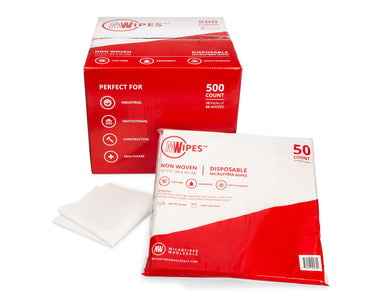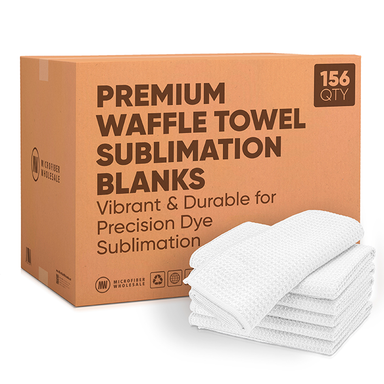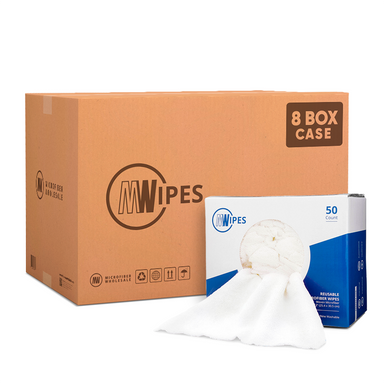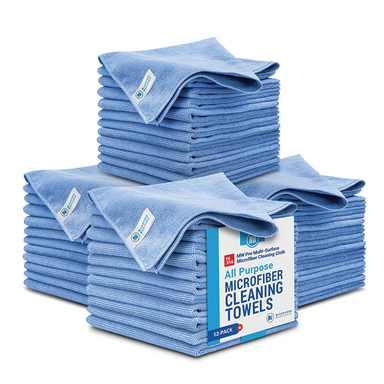3. Clean the Cobwebs and Consider Coatings
Now that you finally got rid of all the junk and put all your remaining items in rational-sized boxes, you can finally address the dirt. At a minimum, you want to give the entire room a good vacuuming with a shop vac.
If you don't own a Shop-Vac, consider renting one from your local hardware store, as garages can be rife with wood chunks, glass shards, old nails, and lots of other things that can do serious damage to a nice residential vacuum.
If your vacuum has a hose, extension wand, and dust cup, you can also use it to address dusty window sills, cobwebs, and other neglected debris. If your vacuum can't go high, a chenille microfiber duster on an extension pole will do wonders to grab dust off all the high-reach areas in your garage.
Note: Dust before you vacuum for maximum dirt removal.
Once you've done the rough cleaning, have two directions you can go in this “Choose Your Own Adventure” story…
Option A: Dust Mop the Floor
You can just clean the garage as it is, in which case a good mopping of the bare concrete floor and washing of the walls (if it is washable paint) will make a huge improvement in the appearance of the space.
The best tool for this task is a microfiber flat mop, as you can use the traditional mop pad with the swivel lock frame (so the head doesn’t wiggle from side to side) to wash walls easier than any other mop.
For the floors, you can either use the same frame with the mucho mop pad or switch the flat frame off the pole for a tube mop, as both will navigate rough and uneven surfaces like bare concrete.
At the end of this adventure, you’ll have a lovely garage for now, but might find it hard to keep it looking that way long term, as porous unfinished surfaces are notorious for trapping dirt and being hard to clean quickly.
Option B: Resurface the Floor
I believe this is the ideal choice. Use this opportunity as a chance to resurface your garage. Traditional garages were never designed to be a cleanable and usable space as we hope to use them today.
Many garages are just bare wood walls and raw concrete, which can only be roughly cleaned, making it hard to use them for storage or hobbies without risking getting those items dirty. Resurfacing your garage, using washable paint on the walls and epoxy finish or paint on the concrete floors, transforms your garage into an easily maintainable space that can be mopped and swept like any other room in the home.
While there are many DIY paint solutions available, as a professional, it’s my job to tell you honestly when a professional is needed, and floor resurfacing is one of those occasions.
Garage floor resurfacing involves a lot of steps, including patching cracks, etching the concrete, smoothing down the finish super even, attractively spreading chips, and waiting for the correct cure times. And then sealing in the whole thing with a top coat again perfectly smooth and even, which leaves so many opportunities for you to make a streaky, globby, smeared, uneven mess versus a professional with the right equipment and practice.
At a minimum, it will take way more time and product to get the job done than a pro, as you can’t spread as evenly and thin without practice, and the coating you have access to won’t last as many years as the commercial stuff.
If you insist, I will tell you Rust-Oleum Garage Floor Kit is the most highly rated DIY, but it will take you multiple kits more and hours longer than the box promises, easily costing you $1K in kits, tools, and time, all for results you might hate and have to redo in a few years.
A garage floor refinishing service will likely cost around $2,500 but come with a guarantee of workmanship and a warranty that the surface will perform for decades.
If you have to get your DIY fix, stick to painting the walls before the floor service arrives (Kilz is a great paint for garages due to how well it resists mold and covers stains and unevenness).

















